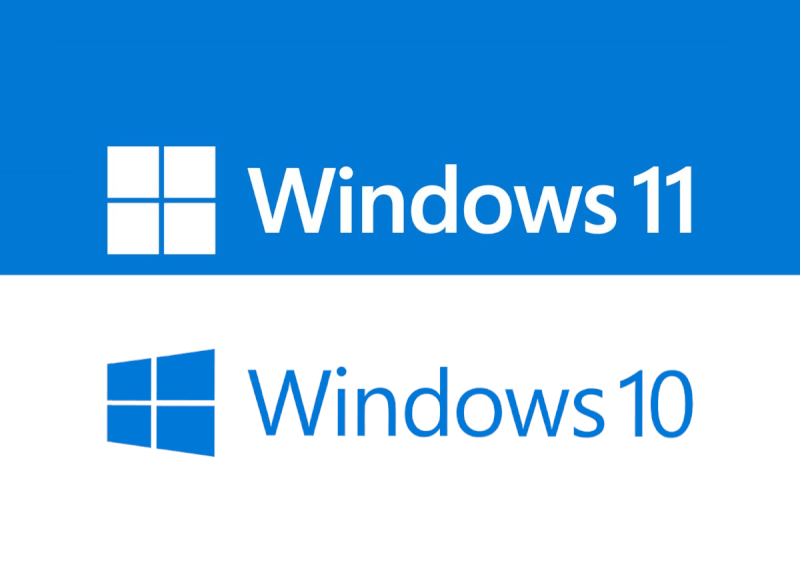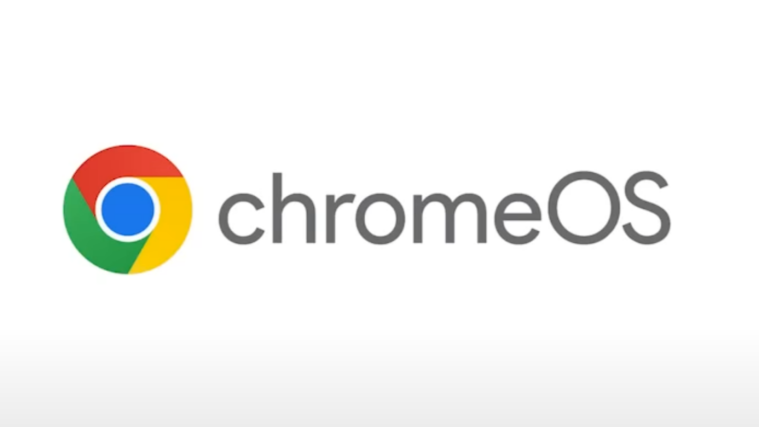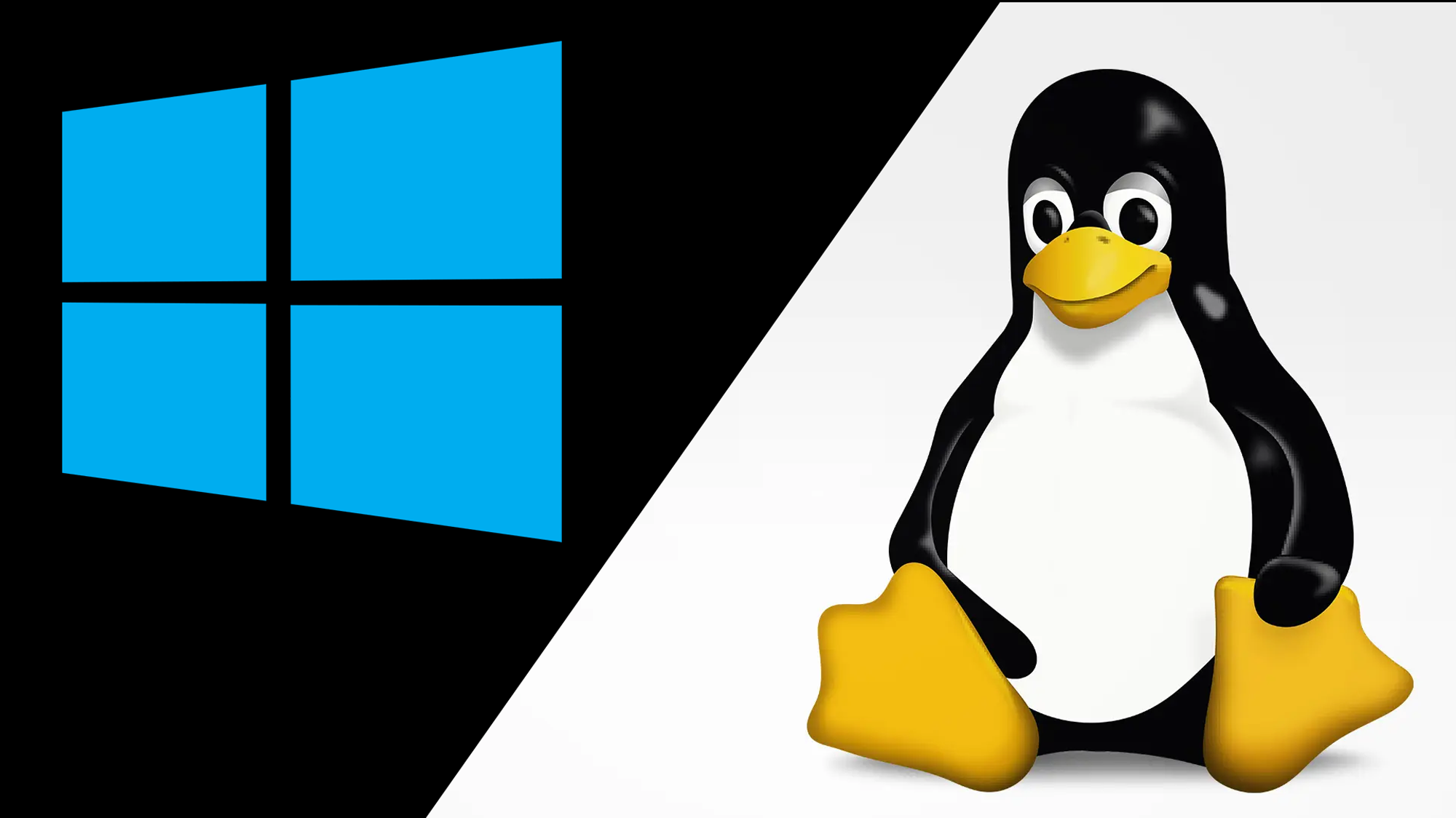When your PC does not support Windows 11?

Windows 10's End of Support (EoS) is approaching, and many of you are left wondering what your options are if your system does not support the upgrade to Windows 11. There is no clarity about the options available. All we know is that Windows 10 will not receive any updates, security or otherwise, after October 25, 2025!
If your PC does not meet the system requirements for Windows 11 and cannot be upgraded to the latest version, don't worry! You can continue using Windows 10, upgrade to Windows 11 with a few tricks, or switch to another operating system.
Let's explore all the options because luckily there are a few options
1. Install Windows 11 after bypassing the system requirements
Currently, if you ask us, the best option is to install Windows 11 on unsupported PCs. While Microsoft claims that these systems may not receive updates, we haven't seen many cases where this actually happens. Of course, this may change in the future! Since upgrading to Windows 11 is so difficult, especially the registry tweaks to bypass the system requirements, many tools to create a bootable USB, like Rufus, now offer a dedicated option to remove checks for requirements like TPM 2.0, Secure Boot and 4GB RAM. So upgrade to the latest version. When we compared Windows 11 and Windows 10, the former emerged as a better operating system for many reasons, including improved gaming, seamless multitasking, faster search, and improved security.
2. Continue with Windows 10
Although the official cut-off date for support on Windows 10 is 25 October 2025, it is actually not quite right because you can get the option to extend that support.
Microsoft has developed a 3-year Extended Security Update (ESU) program where Windows 10 PC will continue to receive security updates if you buy the annual subscription. It is available to both businesses and individual users. So, if you're against the idea of any changes yet, but want your Windows 10 PC to have all-round protection, subscribing to Extended Security Updates is an option!

2.2 Use the unprotected Windows 10
It's not recommended, but you can still continue to use Windows 10 for a few more years even after its lifetime. In the initial days, the only risk is security. So you will have to be careful and also get an effective antivirus solution. After a few years, developers will stop focusing on the iteration and popular apps like Google Chrome, Mozilla Firefox, Discord and Steam will stop working. The same has happened in the past, but it will take another 3-5 years. Millions still use Windows XP, and support for it ended 10 years ago. So Windows 10 will certainly remain relevant, even if not the primary focus, for another few years.

3. Switch to ChromeOS
If you're willing to switch operating systems, ChromeOS is a great option! Google recently suggested that Windows 10 users install ChromeOS Flex to ensure that the device remains secure and continues to receive regular updates. ChromeOS has a fairly low user base, but it's slowly starting to take off. Of course, ChromeOS also has certain limitations. You can't run .exe files on it, software compatibility is an issue, file management isn't that efficient, and it can't run games very well. ChromeOS is more web-centric. So it will work perfectly if you just need to browse the web and don't require access to Microsoft 365 and other similar apps. If you're interested, install ChromeOS Flex and test it out!
4. Go with Linux
Linux is a lightweight and open-source operating system, but regular Windows users often find it a bit complex. If you're familiar with Linux before and/or comfortable with the changes, Linux could be the perfect alternative to Windows 10. Although it doesn't support Windows-based applications by default, you can use programs like Proton and Wine to run them. So software compatibility will usually not be a problem. It's just a completely new environment that may have a learning curve to overcome.

5. Buy a new PC
If none of the above options, which may be a little circumstantial or uncertain, are attractive, then the last option is to buy a new PC that supports WIndows 11.
In any case, when you get a new device, make sure it comes with Windows 11 pre-installed. It will save a lot of time! Also, get a future-ready PC, meaning it has optimal specifications and won't become obsolete in a few years. Evaluate and compare the options and go with the one that best suits your needs. Fortunately, it is not a problem that is just around the corner. You still have more than a year and a half before Windows 10 reaches the end of its life. There is no need to rush. According to Statcounter, 66.45% of PCs are still running Windows 10, which is higher than the 27.83% running Windows 11.
Latest software
-
28 Augsoftware
-
07 Augsoftware
Musk is suing OpenAI for focusing on profit
-
07 Augsoftware
OpenAI says goodbye to top managers
-
01 Augsoftware
Google AI systems achieve breakthroughs in mathema
-
29 Julsoftware
AMD Amuse: New AI graphics tool for Ryzen and Rade
-
26 Julsoftware
Logitech G announces MIXLINE
-
28 Junsoftware
Chinese AI company trains LLMs at Huawei
-
26 Junsoftware
ChatGPT desktop app for Mac is ready
Most read software
Latest software
-
28 Augsoftware
Google Meet's new AI feature takes notes
-
07 Augsoftware
Musk is suing OpenAI for focusing on profit
-
07 Augsoftware
OpenAI says goodbye to top managers
-
01 Augsoftware
Google AI systems achieve breakthroughs in mathema
-
29 Julsoftware
AMD Amuse: New AI graphics tool for Ryzen and Rade
-
26 Julsoftware
Logitech G announces MIXLINE
-
28 Junsoftware
Chinese AI company trains LLMs at Huawei
-
26 Junsoftware
ChatGPT desktop app for Mac is ready






